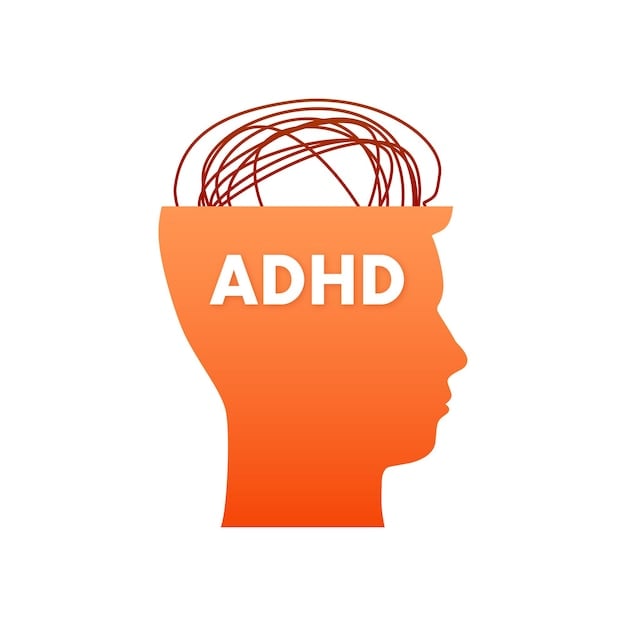I’ve been diagnosed with ADHD, and I’ve noticed that I sometimes get sensory overload, when my kid (5, also neurodivergent) starts humming, or other loud conversations etc, I get physical pain from the sustain loud (or just high level) noise. I’ve been using my AirPod Pro with no music with just noise cancelling to help. Anyone else in a similar situation? What do you do to help?


If you’ve not learnt it already, some mental anchoring techniques might help you. Mine help me a lot. I have 2 main ones, internal and external. The Internal one helps best for blocking externally driven mental problems, while the external one is useful for internally driven ones. You might already know them, but in case you don’t…
Internal:
This requires some minor prep work. When you’re in a good place, mentally, stop, and turn your attention inward. What you want to do is “map” as much as you can about your current internal state. How your feeling, how your thinking, even how your standing and moving. Map what your mind, body and soul are actually doing and feeling.
Later, when you are on tilt, mental, you can use your map. Take a moment and focus inwards again, you will find a very different state. For me it’s akin to a stormy sea, but that’s often personal. Now you take your mapped state, and almost lay it over your mind like a blanket. Because it is your own mental state to begin with, your mind will be a lot more accepting of it. It will also quickly learn that this is a positive thing, and try and fit to the new pattern. This then pushes your mind towards that “ideal”, calm, and focused state, rather than its chaotic one. External stimuli can still push it back into tilt, but you now, at least have a method to push back.
External:
This is better against internally generated chaos. This sort tends to resist the mental blanket technique, like a toddler resisting nap time.
It’s actually quite simple, just pay attention to the world around you. It’s a “classic” anchoring technique for panic attacks. You want to notice everything, the colours of the walls, the marks on the table, the feel of your cloths, and your breath moving in and out. This effectively crowds out the thought loop that is sending you off kilter.
Do not use this technique, if your external environment is more chaotic than your internal one! If you do, it can be akin to pouring oil onto a fire.
This was very helpful thank you!!